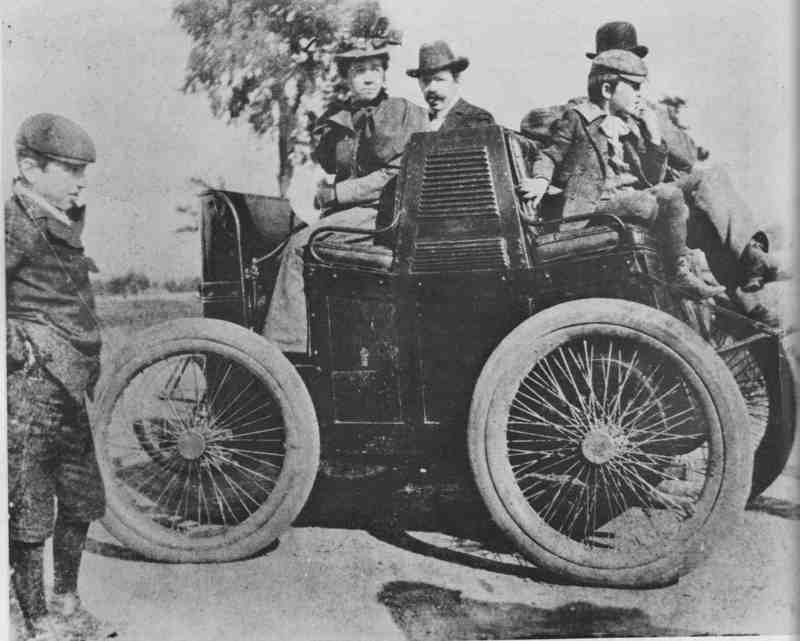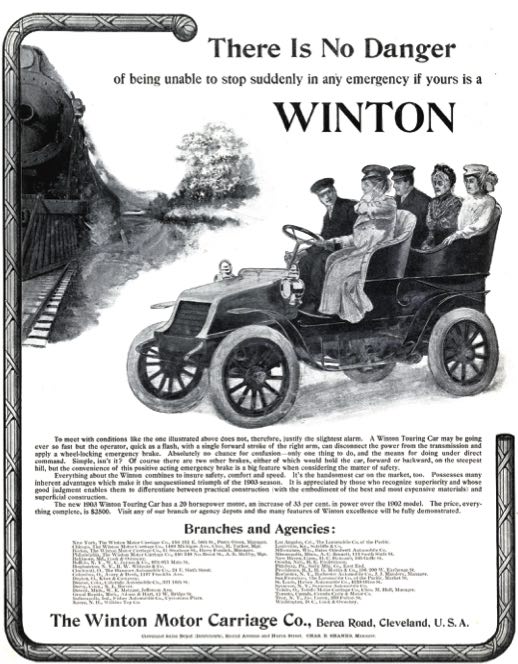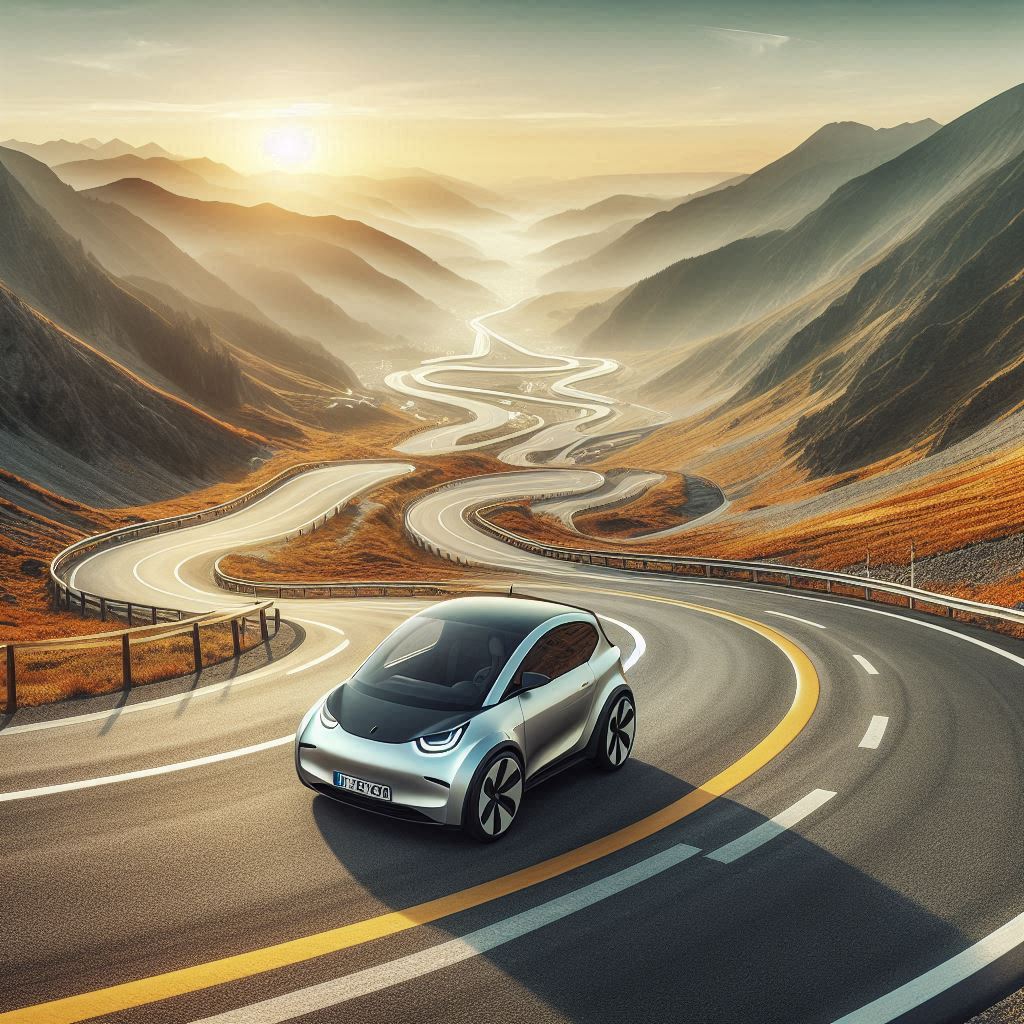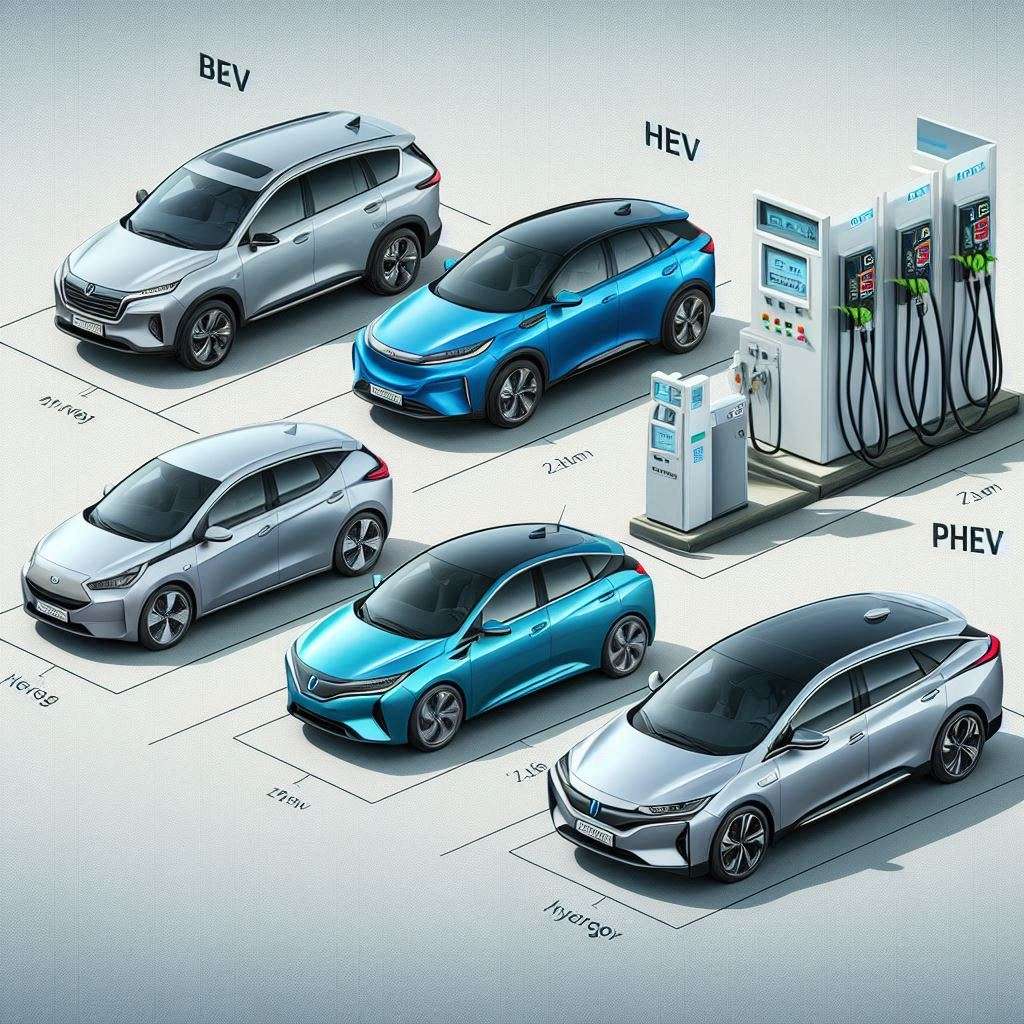
Time Travel
If we were to travel back around 125 years, we’d likely be involved in a masssive debate. Someone has suggested horses should be replaced by a new fad called “Horseless Carriages”.
There is a major environmental crisis emerging in our cities. We are quite literally being overrun with shit. Horses produce a lot of shit. They need a lot of fodder, straw for their stables and space. Working out how to care for over a million horses, and dispose of all that horse shit is becomng a major headache for the local governments in many cities such as London or New York. Even smaller cities are feeling the pinch. Horse breeders feel threatened. People are scared of change.
Misinformation starts to spread, like these new cars are all going to catch fire because of the dangerous fuel in them. They just don’t feel right. They are not like a horse and carriage.
Sound familiar? It certainly should. Substitute internal combustion engines for horses, petrol for fodder and CO2 for horse shit. The story is starting to look even more recognisable. Replace Horseless Carriages with Electric Cars and we’re starting to complete the picture.
Electric Cars: the similarities don’t end there
We hear a lot about the lack of charging infrastructure today. What was it like for people loooking for petrol back in the late 1890s? The argument was that you could take your horse to the nearest field, but fodder shortages were common in cities, and prices started climbing. It took a lot of effort to get move all that stuff around.
So where did the petrol come from? Let’s look at an extract from a February 1930 article in the Saturday Evening Post. Alexander Winton was a motoring legend in the USA. He is often recognised as building and selling the first US car. He was cranking them out at the massive rate of four cars per year by 1898. Let’s look at what he had to say about petrol on his 800 mile road trip from Cleveland to New York during the summer of 1897.
In those days there were no gasoline stations, and the only place the fuel could be purchased was in a drug store. If, by chance, the druggist had a gallon of it, we were happy. Seldom were we able to buy in such a large quantity and usually we had to be content with a pint or a quart.
Considering the car was consuming 6 gallons per day, I can imagine they cleared out just about every drug store along the way. Talk about range anxiety! Imagine the embarrassment of having to be towed by a horse, the very thing you’re trying to replace. It would be like having to use dirty electricity if we run out of charge in our electric cars.
Now we have petrol stations, and you can just drive your car in for a quick top up anywhere. What’s that? Prices are climbing and it takes a lot of effort moving all that fuel around? Sound familiar? CO2 is building in the air like horse shit in the streets? Sound familiar?

Misinformation
Back in the late 1890s misinformation started to flow.
Myth #1 – Cars contain petrol. Petrol is volatile. Therefore your car will catch fire.
OK that one’s got a grain of truth. ICEVs are much more prone to catching fire compared to electric cars, and certainly more of a fire hazard compared to a horse. The reality though, back then and now, is that ICEV fires are rare. I’ve seen a handful in over 35 years of driving and never personally experienced one. Sound Familiar? Exaggeration seems to have been well entrenched back 125 years ago, just like today.
Myth #2 – Your brakes will fail and you will die in a horrible accident.
This elicited enough fear that Winton put out ads in 1903 stating “There is No Danger of being unable to stop suddenly in an emergengency if yours is a WINTON”. Frankly I’d be more concerned about a horse getting spooked and bolting. Four horses from the Household Cavalry bolted in 2024, injuring several people in cenral London before being returned to their stables.
Sound familiar? Raising fears. Exagerating potential issues. Failing to recognise existing issues with the status quo.
Public Skepticism
When Winton was first setting up to sell his automobiles, he met with significant pushback. The public weren’t convinced and even his bank manager refused to believe he would ever succeed. Again we turn to the Saturday Evening Post from 1930 and hear it in Winton’s own words.
My banker called on me to say: “Winton, I am disappointed in you.”
That riled me, but I held my temper as I asked, “What’s the matter with you?” He bellowed: “There’s nothing the matter with me. It’s you! You’re crazy if you think this fool contraption you’ve been wasting your time on will ever displace the horse.”
Selling only four cars per year was both a function of early manufacturing and lack of demand. Henry Ford was still some time from creating his production line and producing affordable cars for the masses. Like electric cars today, early cars were more expensive. Lack of infrastructure, skills and services made them more expensive to own than a horse, at least initially. Early Nissan Leaf owners probably experienced some of this in the earliest adoption of electric cars. Once cars became more mainstream, services and infrastructure soon caught up. Earlier models depreciated, as newer models became available. That’s always a risk for early adopters.
Horse people wanted to keep their horses. They were fearful that they would be banned from cities. Horses would become almost extinct as a result. 125 years later, people are still riding horses. You can go on a carriage ride through central park. Horses still exist. The idea that petrol will be banned and you won’t be able to drive your 1968 Mustang is frankly ludicrous. Petrol is going to be around for a while yet. I’d be really sad if all those classic cars became museum pieces, never to be driven again. Will your daily drive be electric in 10 or 15 years though? Most likely, yes, it will be.
If all of this sounds familiar to you, you’re not alone. If you want to read more about Winton and the early years of the automobile in the USA here’s a link to the article that inspired my post: Saturday Evening Post



